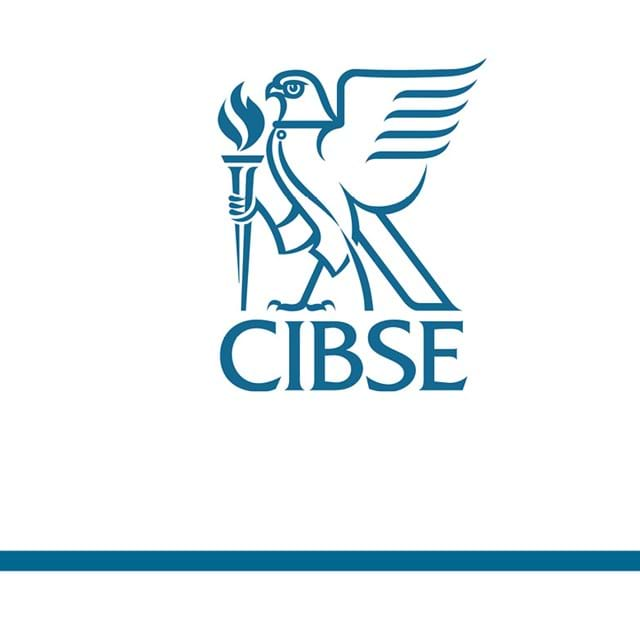
Schools should offer a safe, comfortable, and stimulating environment for learning and social interaction. New and refurbished schools should create spaces where discomfort and functional problems are avoided. The design team, through spatial, fabric and system design, should aim to create an environment with optimum conditions as efficiently as possible.
Spaces for learning, where physical, visual and aural comfort, enhance communication and thinking, create inspirational buildings. Uncomfortable conditions will not enable teachers to work at their best, or children learn as well as they could. Meeting this standard of adequacy should be a minimum performance requirement. Design teams need to understand these basic issues, and concentrate on meeting them, whilst also striving for solutions to add value, and for excellence that will inspire. Poorly designed spaces can work against educational outcomes, just as good design and appropriate internal environments can facilitate good performance.
School design has always had its own challenges; teaching spaces need to be flexible and education methods change with time. Carbon and energy targets have become more demanding, and internal environmental performance standards have increased. Therefore, changes in design practice, to a more holistic approach, are needed to help create schools which are more usable, more comfortable, and easier to operate by their users and offer opportunities for the educational challenges of the coming decades. The premise behind this publication is therefore to focus on the environmental parameters of successful learning spaces and identify the conflict between the individual design parameters that need our greatest attention.
However, it must be emphasised that performance in use, rather than design intention, is the best test of success, and issues relating to design, building operation, handover procedures, and the complexity of BMS systems are found to have significant impacts on outcomes. Therefore, all stakeholders should be aware that over emphasis on reduced costs, reduced floor areas and design standardisation, delivered within ever-shortened procurement processes, increases the need for clear design guidance and for feedback to inform best practice.
School buildings, and in particular spaces for learning, have environmental requirements that are more demanding and complex than many other types of buildings. Meeting these, often conflicting, design requirements is fundamental to the occupants’ sense of well-being and educational attainment. The premise behind this publication is therefore to consider the individual environmental parameters of successful learning spaces and identify the conflicts and interactions that exist when providing an holistic design solution.
In producing this Technical Memorandum the aim has been to provide guidance not only for the building services engineer but also other members of the design team, such as architects, contractors, client bodies and users, who have an influence on the design outcomes. The hope is that simple and clear guidance can help steer the design team and users towards creating places where our teachers, our children, and our community can become inspired. However, this TM alone will not guarantee good school design. A checklist of criteria does not constitute successful design. School designers must also make the effort to visit existing school buildings and study exemplar cases to fully experience the results of the design process, both good and bad.
Contents:
1 Introduction
1.1 Aims of this document
2 Setting the design process
2.1 Introduction
2.2 The informed client
2.3 Developing a brief
2.4 Briefing for ‘performance in use’
2.5 Room data sheets
3 Early engineering considerations and design hierarchy
3.1 Site evaluation
3.2 Integrated design process
3.3 Operational design issues
3.4 Conflicts
4 Acoustic design
4.1 Introduction
4.2 Methods
4.3 Design conflicts
4.4 Operational conflicts
5 Lighting design
5.1 Introduction
5.2 Daylight design principles
5.3 Daylight design evaluation
5.4 Electric lighting design principles
5.5 Modelling and visual amenity
5.6 Controls
5.7 Conflicts
6 Ventilation design
6.1 Introduction
6.2 Methods and strategies
6.3 Design conflicts
7 Overheating and comfort cooling
7.1 Introduction
7.2 Passive methods for avoiding overheating
7.3 Mechanical cooling
7.4 Mitigating the impact of climate change
7.5 Design conflicts
8 Heating and thermal performance
8.1 Introduction
8.2 Key design parameters
8.3 Fuel selection
8.4 Design conflicts
9 Controls
9.1 Introduction
9.2 Heating control
9.3 Lighting control
9.4 Windows
9.5 Night time cooling
9.6 Designing controls for the users
9.7 Usable controls
9.8 Conflicts
10 Energy
10.1 Introduction
10.2 Energy metrics
10.3 Approaches to ‘zero’ carbon design
10.4 Energy performance in use
11 Methods for post occupancy evaluation
11.1 Introduction
11.2 Benchmarking
11.3 Appraising the design
11.4 Investigating a problem
11.5 Human factors
11.6 Physical performance evaluation
11.7 Monitoring plan
12 Facilities management
12.1 Introduction
12.2 Documentation and training
12.3 Building optimisation and control
12.4 Metering
12.5 Monitoring and targeting
12.6 Towards energy efficient fm
13 Integrated case study
13.1 The building context and design process
13.2 Acoustic design
13.3 Lighting design
13.4 Ventilation design
13.5 Overheating and thermal comfort
13.6 Heating system and controls
13.7 Energy performance
13.8 Building use studies
13.9 Lessons learnt
References
Appendix: Example building assessment questionnaire
Index
Acknowledgements
Task Group
Principal authors: Andrew Bissell (Cundall); Esfand Burman (UCL/AEDAS); Richard Daniels (Education Funding Agency); Dr Mike Entwisle (Buro Happold); Paul Eslinger (The Wessex Environmental Partnership); Dr Benjamin Jones (Nottingham University); Gregory Keeling (Essex County Council); Professor Maria Kolokotroni (Brunel University); Professor John Mardaljevic (Loughborough University); Ian Taylor (Feilden Clegg Bradley Studios); Dr Andrew Wright (De Montfort University); Mike Wood (Exeter University)
Contributing authors: Colin Ashford (ConsultEco); Roderic Bunn (BSRIA); Emeritus Professor Derek Clements Croome (Reading University); Lia Chatzidiakou (The Bartlett, UCL); Amrita Dasgupta (Leicester City Council); Sung Min Hong (UCL Energy Institute); Professor Martin Liddament (Monodraught); Dr Judit Kimpian (AEDAS); Andrew Parkin (Cundall and Institute of Acoustics); Greig Paterson (The Bartlett, UCL and AEDAS); Craig Robertson (UCL Energy Institute); Joe Williams (The Bartlett, UCL and Feilden Clegg Bradley Studios)
Co-ordinating editors: John Palmer (AECOM); Professor Dejan Mumovic (The Bartlett, UCL)
Referees: Ann Bodkin; Gordon Hudson; Ian Pegg